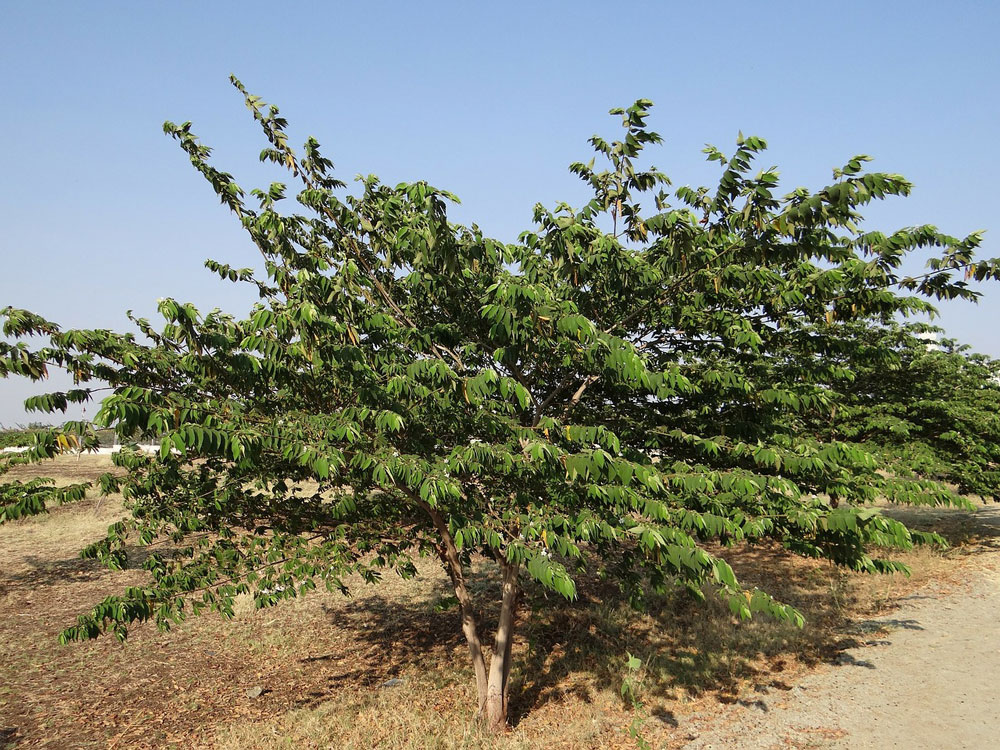Mrutyunjay - Calabura Tree

Muntingia calabura
Summary
Scientific Classification
Kingdom: Plantae
Division: Angiospermae
Class: Dicotyledonae
Order: Malvales
Family: Muntingiaceae
Genus: Muntingia
Species: M.calabura
Scientific Name: Muntingia calabura L.
Common Names:
English: Calabur tree, Capulin, Jamaica cherry, Panama berry, Strawberry tree, Ornamental cherry, jam fruit tree, Singapore cherry, West Indian Cherry.
Kannada: Mrutyunjay, Gasagase hannina mara.
Description:
- Habit and Habitat: present in Tropical climate in disturbed lowland areas from sea level to 1000 meter of alivation.
- Distribution: Native to Southern Mexico, the Caribbean, Central America and Western South America, south to Bolivia and Argentina. It was introduced to the Philipines in late 19th century and spread throughout Southeast Asia.
- Morphology:
Leaf: leaves are alternate, distichous, oblong or lanceolate with toothed margin and covered in short hairs.
Inflorescence: Solitary inflorescence.
Flower: Solitary or inflorescence of two to three flowers; with five lanceolate petals, hairy, 5 ovate white petals.
Androceium: stamens many with yellow anthers.
Gynoceium: a smooth ovoid ovary.
Fruit: fruit, an edible berry, red at maturity.
Seeds: Tiny, yellowish in colour.
Flowering and Fruiting Time: May-July. - Propagation: by seed, seedlings or cuttings.
- Importance:
M.calabura is planted as a source of timber and fuel. Its soft wood used for rural construction while the bark is fibrous used for making ropes. Fruits are edible, processed as jam, also have traditional medicinal uses. Planted as an ornamental species. As the flowers are a source of nectar and pollen for bee keeping industry. Useful species for restoration of disturbed areas and stop soil erosion. - Location: Main entrance garden.
 Trees of GSS Project supported by Makerspace Belgaum Website concept and designe by
Trees of GSS Project supported by Makerspace Belgaum Website concept and designe by